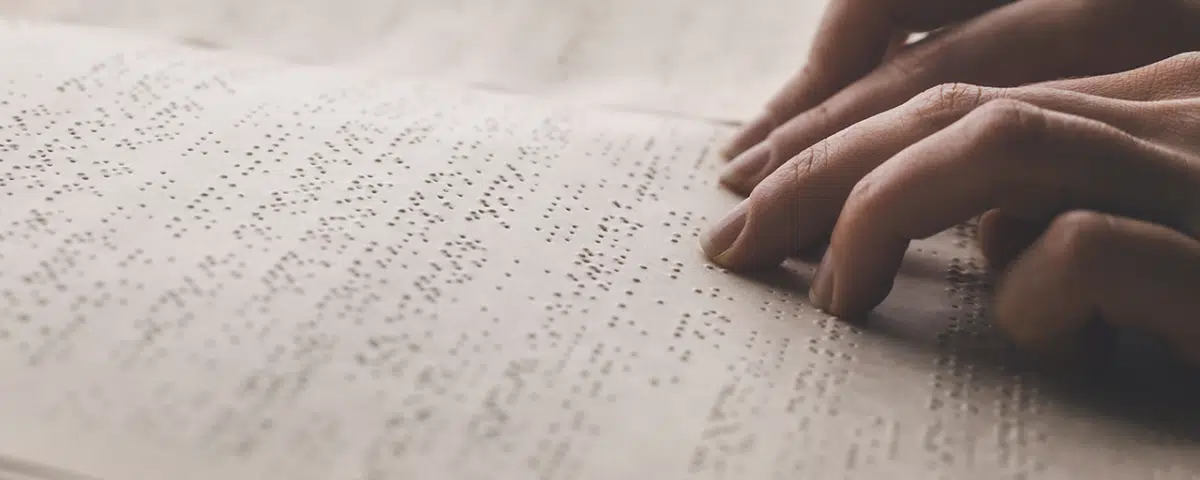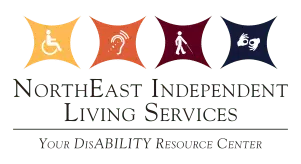
Every year on January 4th, World Braille Day is celebrated in honor of Louis Braille’s birthday. Louis Braille invented braille after becoming blind from a childhood accident. He sought a new way of communicating through reading and writing since he could no longer see, and thus created a brand new system that eventually became used worldwide. Braille wasn’t the first communication method developed for visually impaired persons, but it did become the most renowned and easiest to replicate.
The month of January also became known as National Braille Literacy Awareness Month as a way to raise awareness for the importance of braille for the blind or visually impaired. Because braille is not a language, but rather a tactile code, it can be read and written in many different languages. However, there is a movement for more uniformity and universal communication as the use of braille continues to decline.
Advanced technology, audio books, phone apps, artificial intelligence, screen readers, and voice recognition have made it easier for people to communicate. In an article by NBC News, it was reported that fewer than 10 percent of legally blind people in the United States read braille. It may not be likely that technology completely replaces braille, however, and it’s still important to raise awareness for the use and importance of the code.
It’s also important to raise awareness for blind and visually impaired individuals during the month of January and throughout the entire year. At NorthEast Independent Living Services (NEILS), we advocate for the inclusion and respect for all people, including those with disabilities. You can do your part in creating an inclusive community by educating yourself on interacting with people with disabilities.
The Wisconsin Department of Health Services put together a helpful list of “Do’s and Don’ts When Interacting with a Person who is Blind” that we’d like to share:
When speaking with a person who is blind:
- DO identify yourself, especially when entering a room. Don’t say, “Do you know who this is?”
- DO speak directly to the individual. Do not speak through a companion. Unless they are hard of hearing, they can speak for themselves.
- DO give specific directions like, “The desk is five feet to your right,” as opposed to saying, “The desk is over there.”
- DO give a clear word picture when describing things to an individual with vision loss. Include details such as color, texture, shape and landmarks.
- DO touch them on the arm or use their name when addressing them. This lets them know you are speaking to them, and not someone else in the room.
- DON’T shout when you speak. They can’t see but often have fine hearing.
- DON’T be afraid to use words like “blind” or “see.” Their eyes may not work, but it is still, “Nice to see you.”
If you see a blind person who seems to be in need of assistance:
- DO introduce yourself and ask the person if he needs assistance.
- DO provide assistance if it is requested.
- DO respect the wishes of the person who is blind.
- DON’T insist upon trying to help if your offer of assistance is declined.
General guidelines:
- DON’T pet, feed, or distract a guide dog. They are not pets; they are working companions on whom a Blind person depends.
- DO treat Blind people as individuals. People with visual disabilities come in all shapes, sizes, and colors. They each have their own strengths and weaknesses, just like everyone else.
This is not the comprehensive list of do’s and don’ts offered through the website, but it is enough to get you started. If you’d like to learn more about how you can raise awareness for disabilities or become an advocate for others, check out the NEILS Disability Awareness Programs. You can make a difference in your community.
Happy National Braille Literacy Awareness Month!
